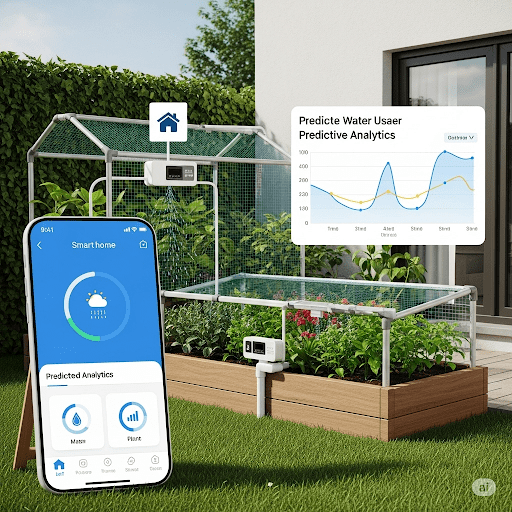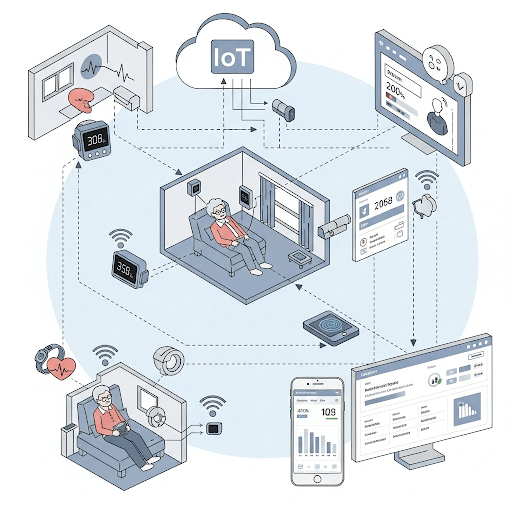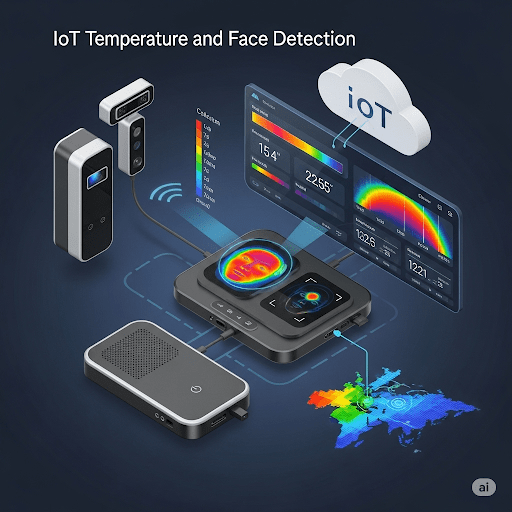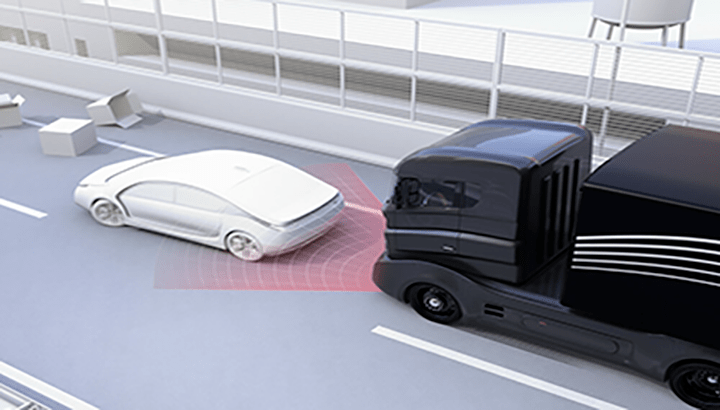Smart Noise Control System for Educational and Office Environments
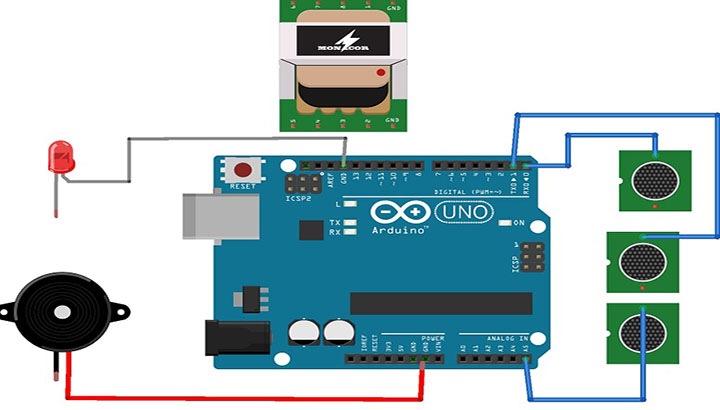
Noise pollution is a significant yet often overlooked environmental issue, impacting millions of people daily. Common health problems resulting from noise pollution include hearing loss, high blood pressure, heart diseases, sleep disturbances, stress, and headaches. The challenge in mitigating noise pollution lies in its detection and the subsequent silencing of the noise source, a task that is impractical to perform manually.
This project proposes an automatic noise pollution measurement and silencing system designed for use in environments such as schools, colleges, libraries, and offices. The system detects noise levels in real-time and automatically triggers alerts when the noise exceeds predefined thresholds, thereby facilitating noise control.
Key features of the system include:
- Automatic detection of noise levels.
- Real-time display of current noise levels.
- Automated alerts if noise levels exceed set thresholds.
- Customizable noise level settings based on specific requirements of the facility.
The system utilizes an array of microphones to accurately measure noise levels in three directions. An Arduino-based controller processes the noise data from these microphones continuously. Users can set the maximum allowed noise levels using the display and buttons on the device. When noise levels remain below the set threshold, the system status is indicated as green. If the noise exceeds the threshold, the system triggers a buzzer alert and displays a message, prompting individuals to reduce noise levels. The alert persists until the noise returns to acceptable levels, upon which the system reverts to green status.
While this project employs an Arduino controller, it can also be enhanced by using an ESP8266 module to send data online for remote monitoring and control. Alternatively, integrating a GSM module with the Arduino can enable SMS notifications for noise level alerts, further expanding the system's versatility and application in various settings.
This innovative solution provides an effective and automated approach to managing noise pollution, ensuring a quieter and healthier environment in various settings.
Related project idea for free
Water usage prediction using automated home garden watering system
The automatic systems are more chosen than manual system. Smart watering system in garden is the combination of several hardware equipment and software applications that trigger the water usage with respect to the given threshold. This IoT system maintains proper usage of water used in home garde...
Read more>>IoT-Based system for monitoring health conditions of eldery people in Rwanda
The rapid increase in number of the old adults in developed countries has raised concerns about their well-being and increased needs for healthcare services. Elderly people faces different oldage related diseases such as Cancer, Alzheimer, cardiovascular, blood pressure and sugar level problems w...
Read more>>IoT Based Customer Satisfaction Machine
As high satisfaction leads to greater customer retention, higher lifetime value, and a stronger brand reputation. Do companies or institutions have a good way to know if their customers are satisfied or not. Poor customer service can affect the present and future sales standards, it can also nega...
Read more>>TEMPERATURE AND FACE DETECTION SYSTEM
The measured amount of heat in a place or in the body is called temperature whereas face is the front of the head, where the eyes, nose and mouth are. By using face detection, you can recognize someone’s identification. Temperature can be used as the sign of change in human bod...
Read more>>Vehicle collision avoidance IOT system
Driver-assistance systems called collision avoidance systems, sometimes known as crash avoidance systems, use sensors and algorithms to identify possible hazards or obstructions and issue alerts to the driver to help prevent a collision. A collision avoidance system is a type of safety device used t...
Read more>>
